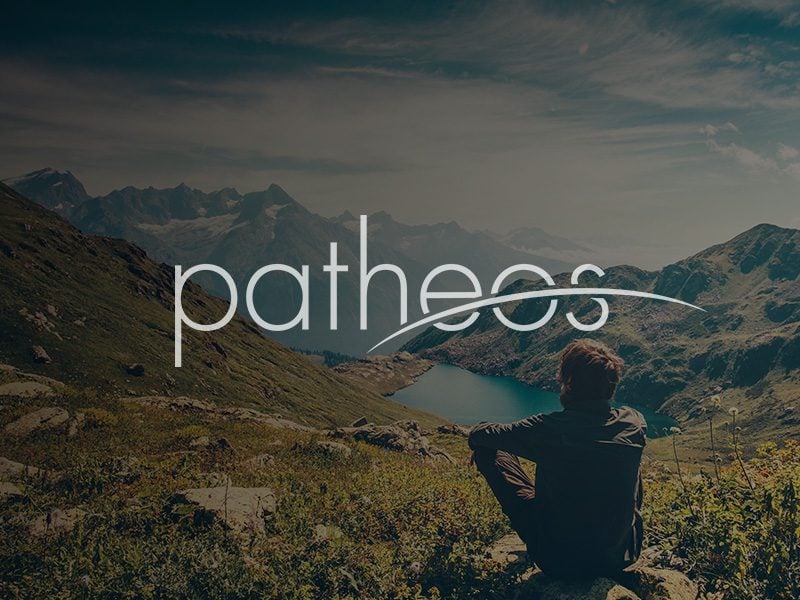Priests and priesthood are import in the Bible, especially in the Old Testament. In its most practical sense, biblical priests were functionaries at the temple. Although all Israelites, male and female, could worship at the temple, but only priests could serve at the temple—performing blood sacrifice, presenting offerings to the Lord, making wine libations, presenting and eating the shewbread, caring for the lights of the menorah, and burning incense. All Israelite priests (kohen) were descendants of Aaron, the brother of Moses (Num. 3:10; Ex. 40:15). All other members of the tribe of Levi served as lesser temple functionaries, but could not serve in the higher priestly roles (1 Chr. 6, 9). This practice continued through out Israelite history until the destruction of the temple by the Romans in AD 70.
The first reference to priesthood in the Bible is not to Israelite priests, but to Melchizedek, priest of “God Most High” (El ‘Elyon). Josephus, a Jewish priest of the first century writing nearly 2000 years after Abraham, records a Jewish tradition that “he who first built [the Temple in Jerusalem] … is in our tongue called Melchizedek, … he was the first priest of God, and first built a temple, and called the city Jerusalem” (Wars, 6.10.1). The Bible does not mention Abraham being a priest, and indeed describes him as bringing tithes and offerings to the priest Melchizedek. On the other hand, later Jewish pseudepigraphic texts do say that Abraham was a priest (Testament of Levi 9.11; Jubilees 21:12-14; cf. Abr. 1:2-3). The earliest explicit reference to a priest of Jehovah (the LORD) is the Midianite Jethro, Moses’ father-in-law (Exod. 3:1, 18:1), who blesses in the name of Jehovah, and who offers sacrifice for Israel (Exod. 18:12).
The ideal presented by God to Moses at Sinai is that all Israel should be a “kingdom of priests and a holy nation” (Ex. 19:6), reflected in the fact that all of Israel is consecrated and dressed in pure garments in preparation for the Sinai theophany (Ex. 19:10, 14). However, when the Israelites worships the golden calf (Ex 32), only the Levites rally to Moses, and because of this the priesthood is thereafter restricted to Levi’s descendants.
The Bible never explicitly mentions Israelite priestesses. On the other hand, it is clear that nearly all the pagan societies surrounding Israel had priestesses, often as devotees of goddesses. Two people mentioned in the Bible may have been women priests—both non-Israelites. The first is Joseph’s wife “Asenath, the daughter of Potipherah, priest of On [Heliopolis]” (Gen. 41:50, 46:20). In Egypt priesthood, the daughters of the high priest of a temple complex like On were often priestesses themselves, serving in the temple with their extended priestly families. Jezebel, the princess of Sidon and wife of king Ahab of Israel, may have been a priestess of Astarte (as claimed by Josephus, Antiquities 8.13). She strongly patronized the priests and prophets of Baal and Asherah in the Israelite court (1 Kings 18:19), where she was accused of “sorceries” (2 Kings 9:22), a frequent biblical euphemism for non-Israelite religious rituals. Likewise the biblical term qedeshah—Hebrew feminine for “holy ones”—may have a reference to priestesses (Gen. 28:21-22; Deut. 23:18). The term is translated as “harlot” in the KJV, but generally rendered “cult prostitute” in modern translations. Hosea 4:14 forbids Israelites from offering sacrifice with a qedeshah, clearly indicating their role as sacrificing priestesses. Again these seem to be non-Israelites.
On the other hand, a number of Israelite women are said to have been prophetesses—which in the Bible doesn’t necessarily imply priesthood functions. These include Miriam, Moses sister (Ex. 15:20), Deborah the judge (Judg. 4:4), Isaiah’s wife (Isa. 8:3), and Anna, who prophesied when Jesus was presented at the temple (Lk. 2:36-38). Most notable among these is the prophetess Huldah (2 Kg. 22:14; 2 Chr. 34:22), to whom the temple priests bring the Book of the Law discovered in the temple at the time of Josiah for authentication.
The idea of a universal celestial priesthood of all followers of God is also found in the New Testament, when Peter—alluding to Exodus 19:6—calls Christians a “holy” and “royal priesthood” (1 Pet 2:5. 9). This idea is also found Revelation, where the righteous will serve in the celestial temple as “priests to his [Christ’s] God and Father” (1:6; 20:6), and a “kingdom of priests” (5:10).











